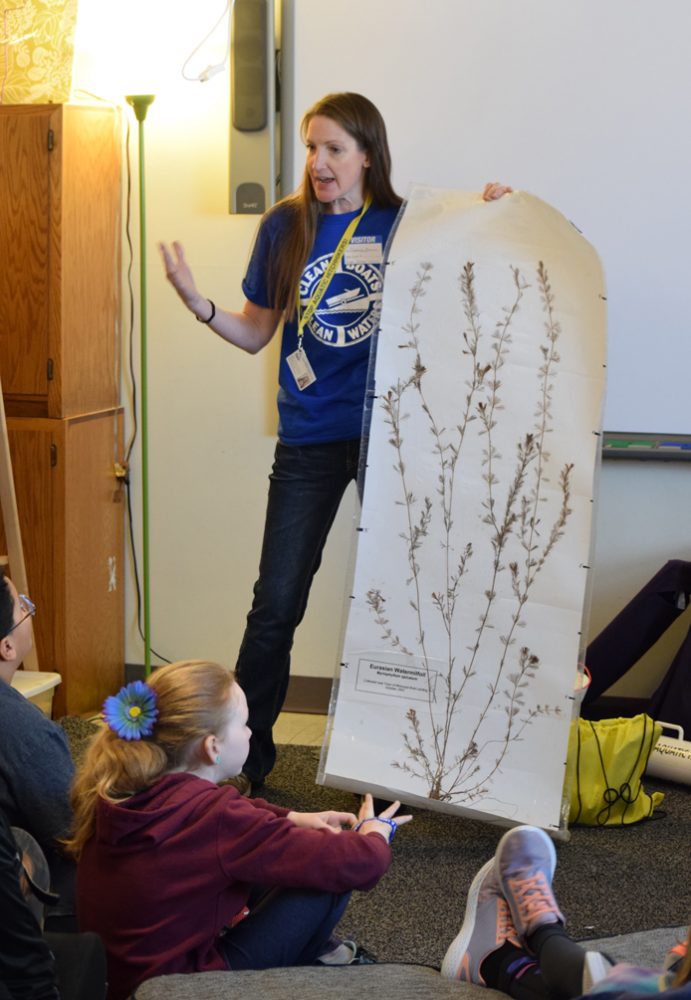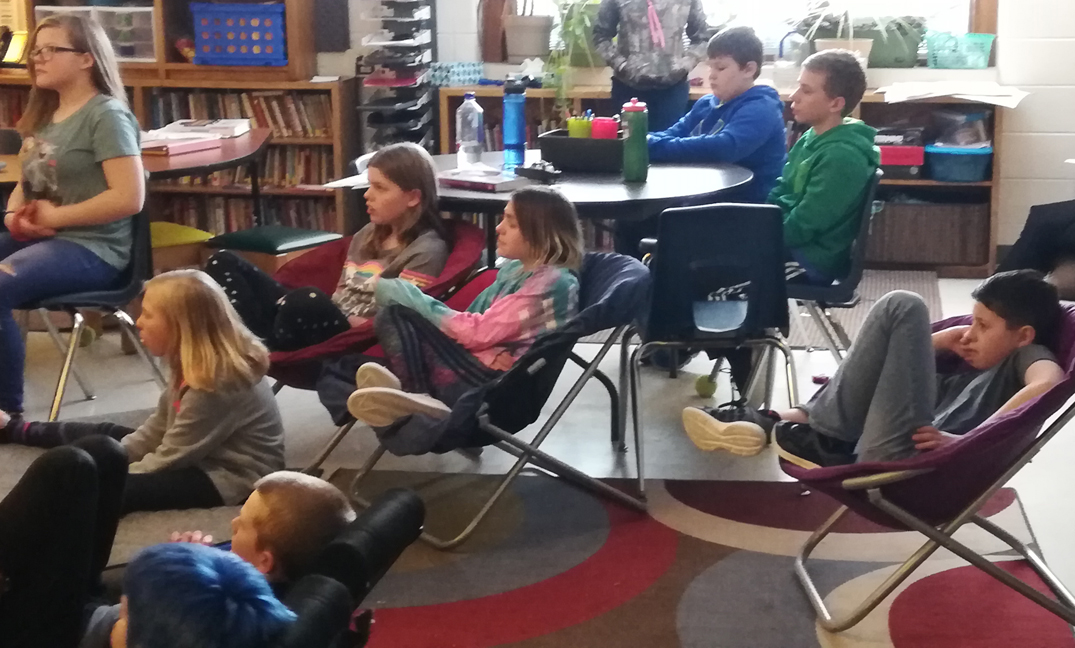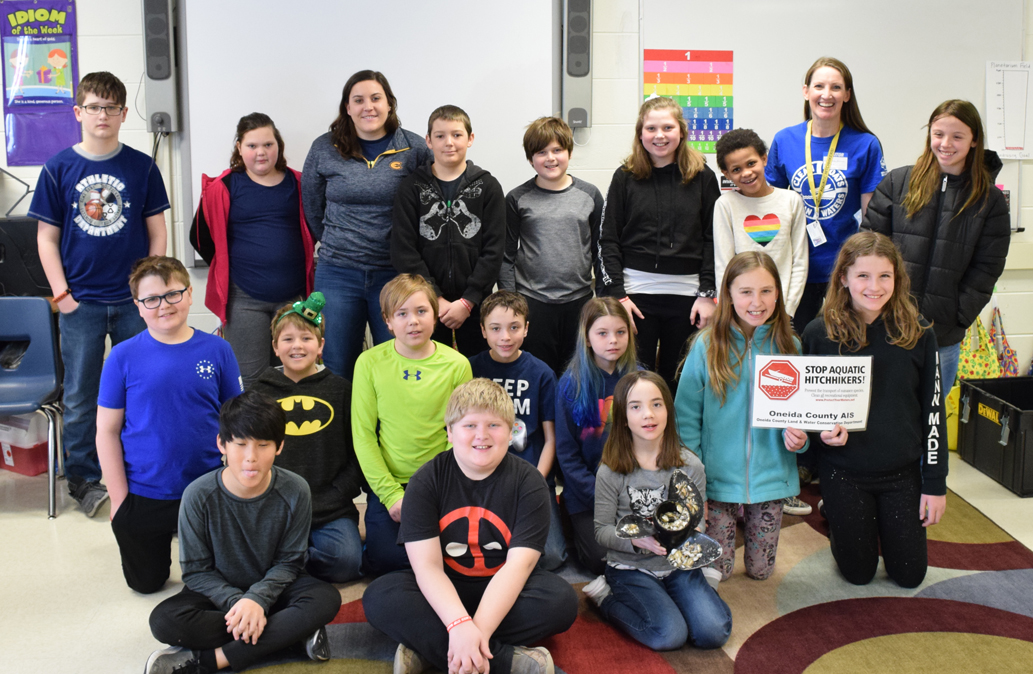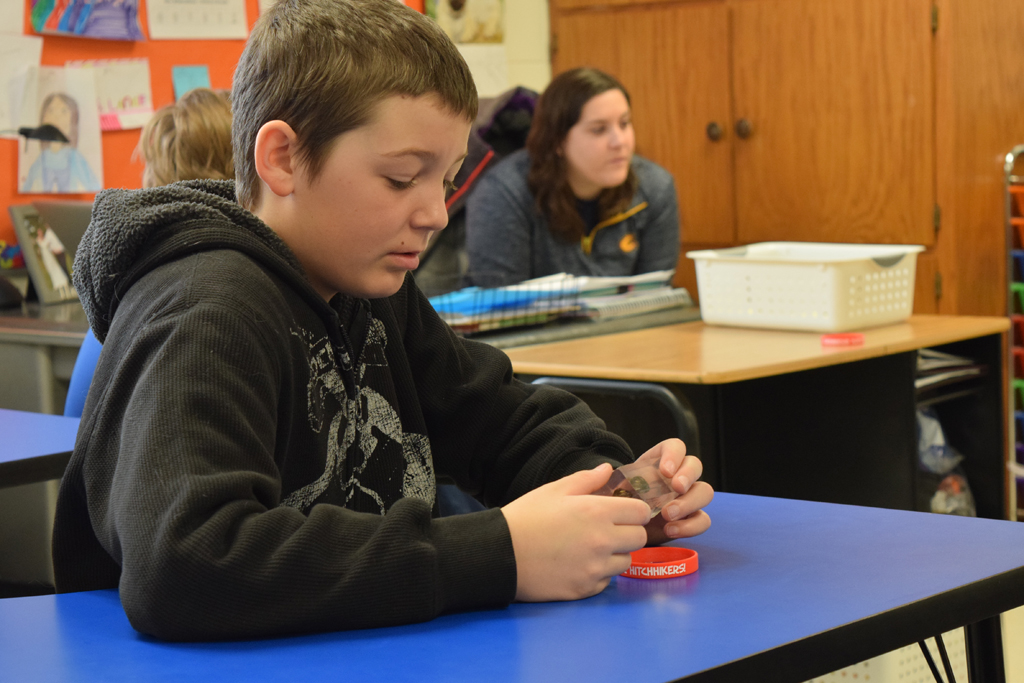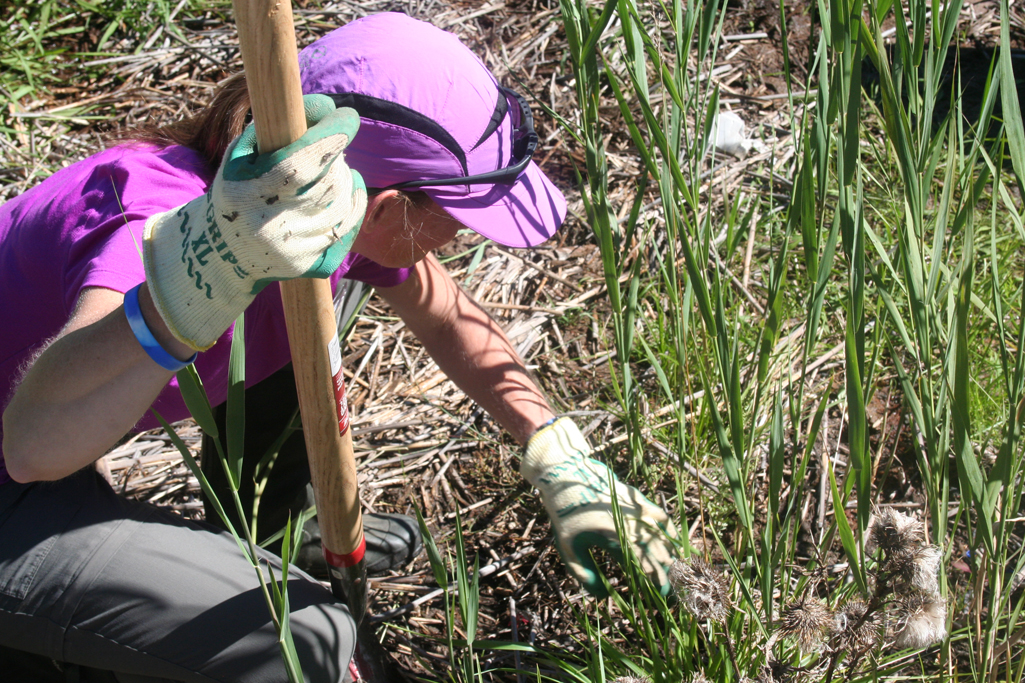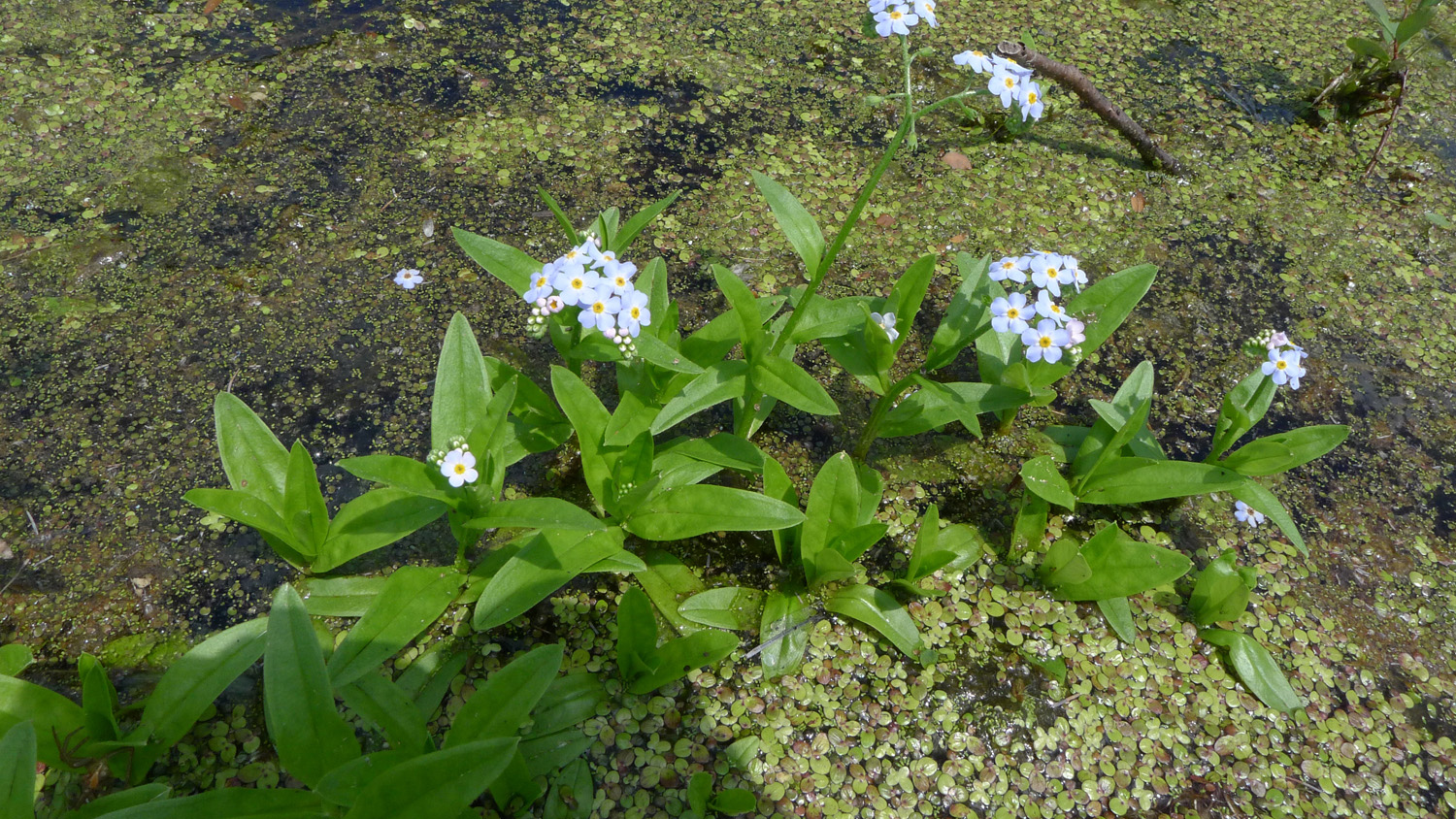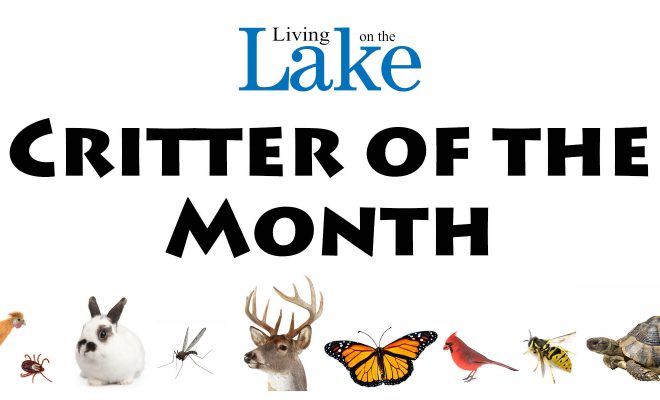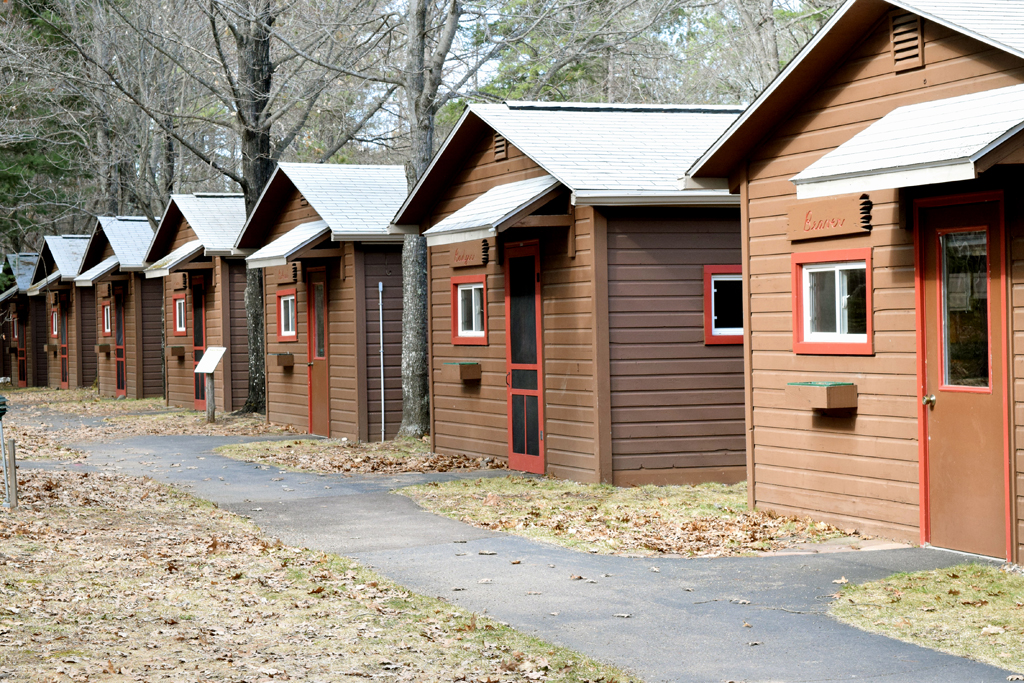Engaging Youth: Oneida County takes the AIS fight to the next generation
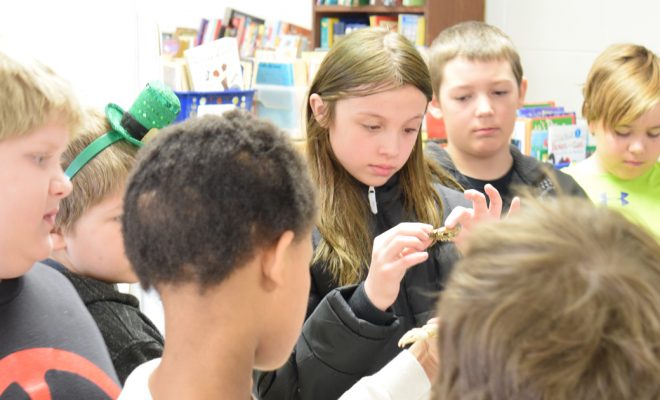
The ABCs of AIS
Educating youth about the importance of the environment
Story and photos by Eileen Persike
The term Aquatic Invasive Species, or AIS, is so common in Wisconsin that it may be difficult for lake and water enthusiasts to remember a time that it was not part of their vocabulary. But Oneida County AIS coordinator Stephanie Boismenue estimates the subject has been in the public consciousness for only about a decade; not too long after the fifth graders she spoke to at the School District of Rhinelander’s Central Elementary School a few weeks ago, were born.
“It’s really important that they understand some concept of our environment,” Boismenue said afterward. “Today’s youths will be tomorrow’s leaders so it’s important that we educate them about the importance of the environment that supports all of us.”
AIS is really something we are all still learning about, she added. In some cases, by trial and error.
“I bought a yellow iris at a local greenhouse at one time, before we knew about invasive species, and I planted it along my shoreline,” Boismenue said. “It started to takeover, and years down the road we had learned that it is truly an invasive species, has invasive tendencies and the state put it on the invasive species list.”
After sharing what she and others have learned, and presenting some AIS basics to seven classrooms at Central, Boismenue was lucky to have any voice left at all. But it’s a topic she is passionate about and one she hopes will rub off on the students.
“I think it’s important that they make a connection and that they are aware there is the potential for the lake that they play in to be harmed in some way,” Boismenue said.
“I hope that they have the awareness that they’re learning right now and carry that with them through the rest of their lives and not only think about it, but act on it as well.” Oneida County AIS Coordinator Stephanie Boismenue
So much of Oneida County is dependent on the lakes and rivers, many of which these kids or a family member, live on, she added. “They spend a lot of time on it and … it’s important that they help spread the message and that they’re aware of some of the potential issues that could develop.”
Jersey Gilman was one student who couldn’t seem to get enough information on zebra mussels and spiny water fleas, just two of the invasives she learned about from Boismenue. Jersey said she and her mother spend time together exploring the waters around their home. “There are some creeks by my house and me and my mom like to go frog hunting,” she said, adding that she’ll help keep an eye on water sources and equipment when she and her family go fishing.
“The invasive species are not really known that much compared to how important they are,” Jersey said. “People just don’t pay attention to them.”
Having students become the teachers, sharing what they learn in class or at other AIS events with parents and grandparents helps make Boisemenue’s job easier. “I run into parents or grandparents at the grocery store and they say, ‘hey, you were just in my child’s class and they told me all about invasive species’ and sometimes parents say they weren’t aware.” It’s all part of the AIS learning curve.
Like the yellow iris plants Boismenue purchased from a local greenhouse years ago, there are new aquatic and terrestrials making the invasive list every year. To take a much larger view, Boismenue said the current pollinator crisis Wisconsin, and indeed the country, is facing is due in part to invasives.
“It’s not just about the lack of native habitat, but why is there a lack of habitat for our pollinators,” explained Boismenue. “A lot of it is because of invasive species. The whole ecosystem is so frail and it’s all interconnected and we need to put those connections together so we know how to best manage it.”
In fact, part of the reason Boismenue visited the Rhinelander fifth graders was to encourage them to put on their thinking caps, research the critters they learn about and enter the 2019 Northwoods Invasive Species Poster Contest.
“The primary goal of the contest is to educate [students] about aquatic and terrestrial invasive species and the impacts that they have to our lands and waters and to nurture their interest in the visual arts and science and environmental conservation, as well.”
The contest is open until May 1 to any Wisconsin student in fourth through eighth grades. It was initially restricted to Oneida County students, but now there are currently schools from 18 counties participating, with the doors open to any school in the state. There are individual, classroom and school awards and recognition up for grabs. This year 25 posters from previous years were on display at the Wisconsin Lakes Partnership Convention held earlier this month. Boismenue said the convention attracts biologists, ecologists, lake association members, and anyone interested in preserving lakes and making a positive impact in the natural world; something she would like to see in the futures of the fifth graders at Central Elementary School.
“The biggest message I want them to think about is becoming a steward of our environment, whether it’s dealing with invasive species or some other environmental issue,” Boismenue said. “I hope that they have the awareness that they’re learning right now and carry that with them through the rest of their lives and not only think about it, but act on it as well.”
Leave a reply
You must be logged in to post a comment.


